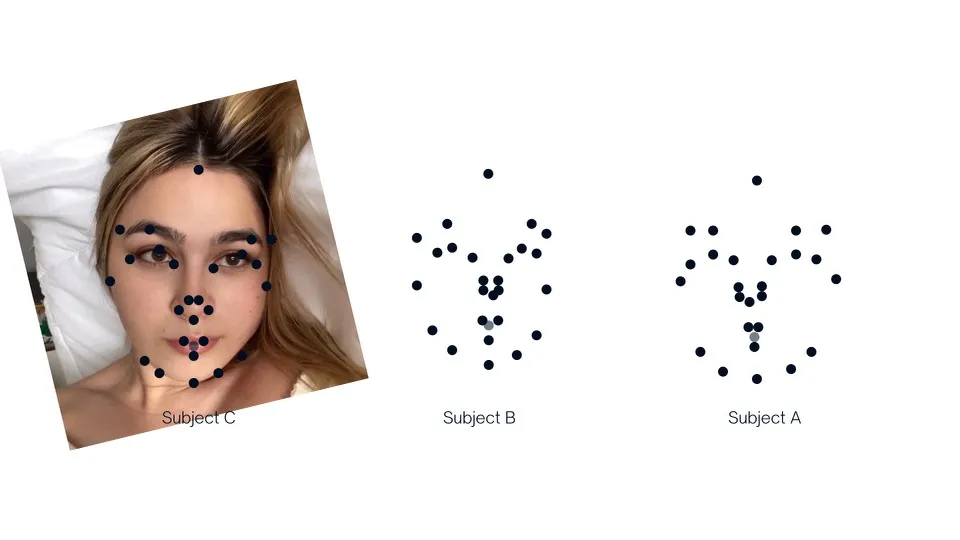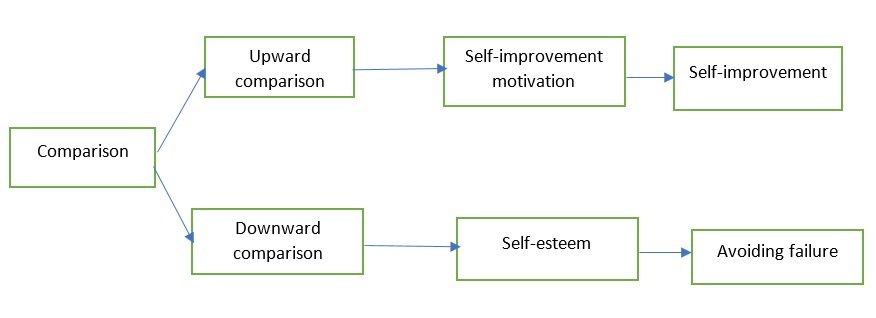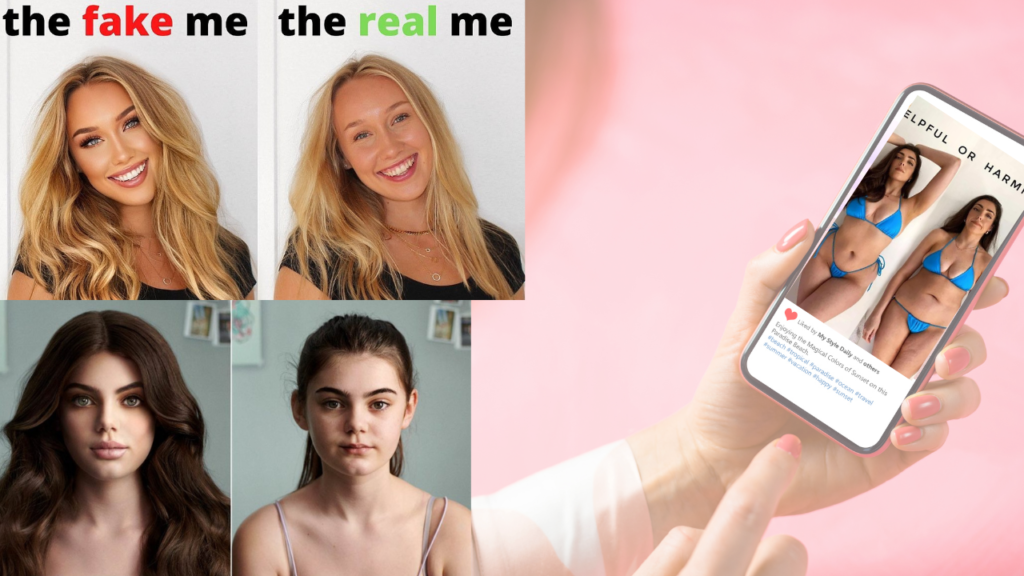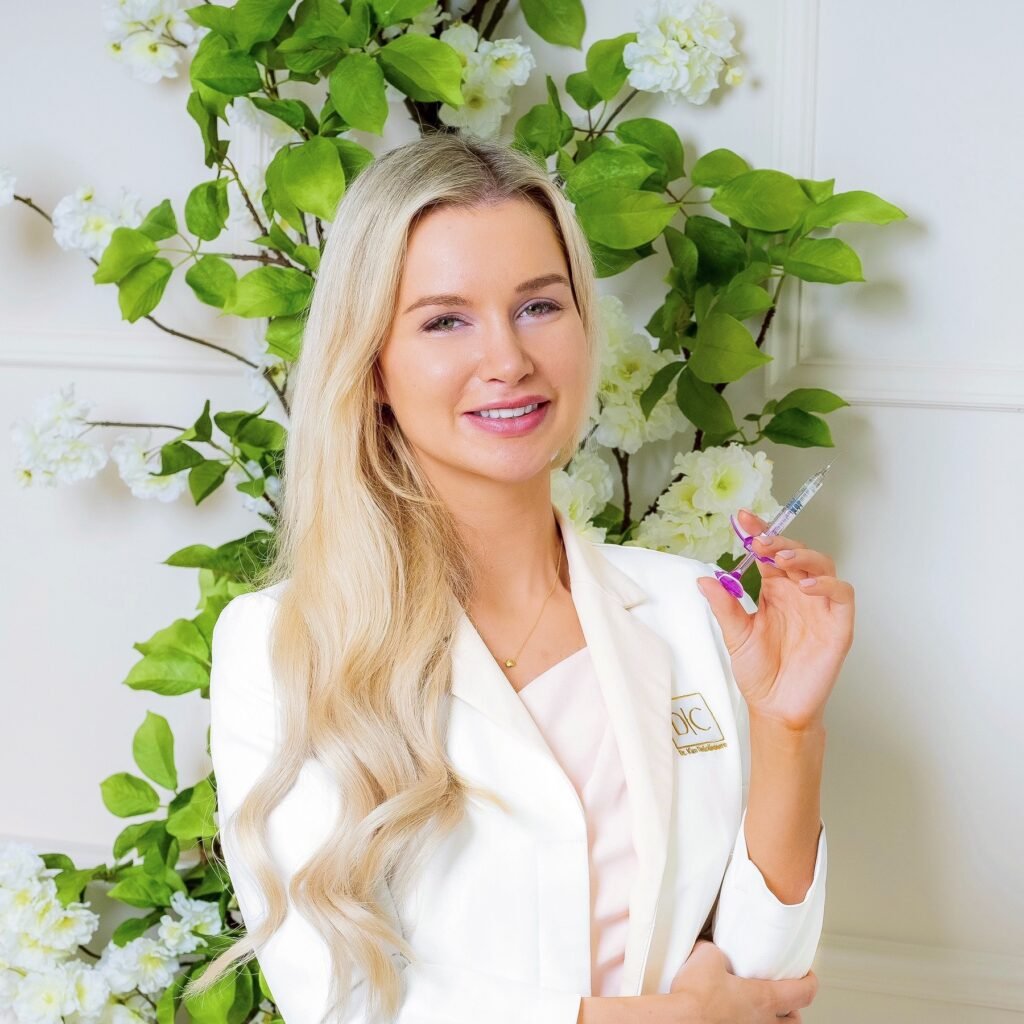VIDEO:
A 2020 study signaled an alarming rise in body dysmorphic disorder (BDD) among teenagers, with a significant link to increased screen time and social media use. This post will take a deep dive into this issue, exploring how these modern realities contribute to body dysmorphia. If you’re unfamiliar with the topic, consider watching my previous video on BDD, where I discuss symptoms, causes, treatments, and some intriguing celebrity stories.
Understanding Body Dysmorphia and Its Link to Social Media
Body dysmorphia is a mental health disorder where individuals fixate excessively on perceived physical flaws, leading to significant distress and compulsive behaviors. A recent study, titled ‘Rising Dysmorphia among Adolescents: A Cause for Concern’, highlighted the increasing prevalence of this disorder among both genders. The study also identified the significant role of extended social media use, particularly platforms like Snapchat and Instagram, in contributing to this declining body image and potential comorbidities such as eating disorders and depression.
Social Media: A Breeding Ground for Body Dysmorphia
1) The Illusion of Editing Apps and Filters
Using editing apps and filters has distorted our view of reality. Many studies show that a significant number of people, especially women under 30, edit their selfies before sharing them online. These tools make it easy to create a perfect image of ourselves. However, this has also led to phenomena like ‘Snapchat dysmorphia’ or ‘Selfie dysmorphia’, where people feel dissatisfied with their real-life appearance compared to their digitally altered photos. Some even consider cosmetic procedures to look like their filtered selves, contributing to the concerning increase in body dysmorphia.
@josephinelivinn social media is fake.?
? Praise God – Kanye West
2) TikTok’s Beauty Algorithm
On TikTok, the ‘For You’ feed mostly displays attractive faces because of its AI algorithm. This algorithm uses facial recognition to determine attractiveness based on widely accepted beauty standards. As a result, users are regularly exposed to a limited definition of beauty, which can lead to comparing themselves to others and feeling unhappy with their own appearance.

3) The Trap of Constant Comparison
Festinger’s social comparison theory helps us understand that people often measure their own value by looking at others. On social media, where everyone seems to have a perfect life, this tendency to compare ourselves becomes even more pronounced. The constant exposure to these seemingly flawless lifestyles can make us feel inadequate and unhappy with ourselves, regardless of our background or level of understanding.

4) Harmful Challenges and Trends
@d3monslayer125 that’s it. that’s the video
? original sound –
Social media platforms like TikTok are rife with challenges and trends that perpetuate unrealistic beauty standards. From body measurement challenges comparing users to celebrities to other trends promoting a specific body shape, these viral fads contribute to the increasing cases of body dissatisfaction.
Conclusion: Be Conscious of Your Social Media Use
Given the influence of social media on body image, it is crucial to consume content mindfully. Stay aware of the editing apps and filters behind the seemingly perfect images. Follow accounts that inspire positivity and enrich your life rather than triggering negative feelings. Remember, the goal is to benefit from social media without falling into the traps of comparison and unrealistic standards.
References
- Suchert V, Hanewinkel R, Isensee B. Screen time, weight status and the self-concept of physical attractiveness in adolescents. J Adolesc. 2016;48:11–7.
- A new reality for beauty standards: How selfies and filters affect body image | EurekAlert! Science News. Available from: https://www.eurekalert.org/pub_releases/2018-08/bmc-anr080118.php
- Quinn, P. C., Kelly, D. J., Lee, K., Pascalis, O., & Slater, A. M. (2008). Preference for attractive faces in human infants extends beyond conspecifics. Developmental Science, 11(1), 76-83. doi:10.1111/j.1467-7687.2007.00647
- Encode Justice. (2021, February 15). TikTok’s Beautiful Algorithm. Medium. https://medium.com/encode-justice/tiktoks-beautiful-algorithm-d1fdb6d6c4be
- Tiggemann, M., Anderberg, I., & Brown, Z. (2020). Uploading your best self: Selfie editing and body dissatisfaction. Flinders University.
- City University London. (2021, March 8). 90% of young women report using a filter or editing their photos before posting.
- Himanshu, Avneet, K., Ashishjot, K., & Singla, G. (2020). Rising dysmorphia among adolescents: A cause for concern. Journal of Family Medicine and Primary Care, 9(2), 567-570.



